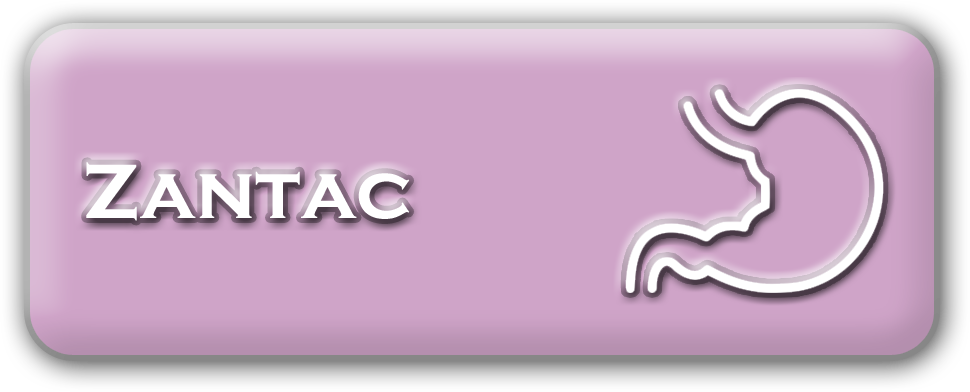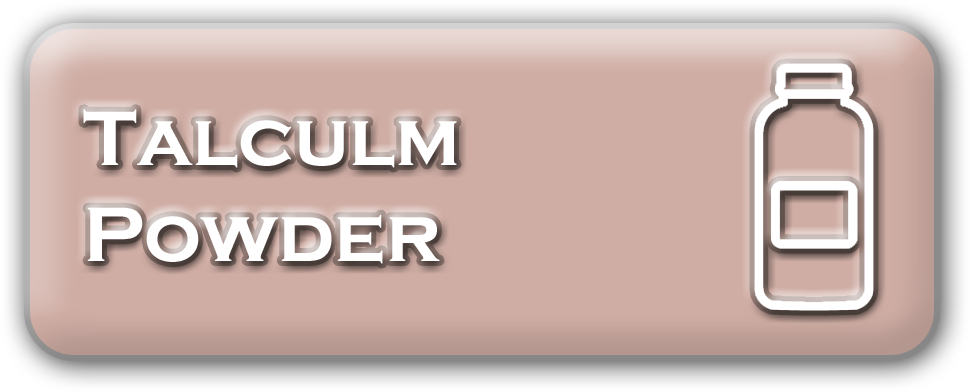Brain Function And Anatomy
Anatomy and function of the human brain are extraordinarily complicated subjects. There are a number of medical resources available that treat these topics with the detail and intricacy they require. For the purposes of understanding brain injuries in the context of this essay, which at its core is designed to convey general information relevant to personal injury and wrongful death lawsuits, the following simplified explanation should suffice.
The brain is a soft organ that is protected by the surrounding cerebrospinal fluid and by the skull. The brain is covered by a dense fibrous tissue called the dura, which also provides some protection. The brain and the spinal cord make up the central nervous system that controls the entire body and all of its functions. The brain is made up of nerve cells that communicate messages throughout the brain and body.
The brain is divided into left and right hemispheres. Each hemisphere has four lobes or sections: the frontal, occipital, parietal and temporal. At the base of the brain, there is the cerebellum and brain stem. Each of these sections has functions that it controls.
The frontal lobe controls planning, problem-solving, initiative, judgment, self-awareness, organization, attention and personality. The occipital lobe controls vision. The parietal lobe controls visual perception, spatial perception, identification of shapes, sizes and colors, and the sense of touch. The temporal lobe controls memory, language, organization and hearing. The cerebellum controls motor skills, coordination and balance. Lastly, the brain stem controls heart rate, breathing, arousal and consciousness, sleep and wake cycles, attention and concentration.
























